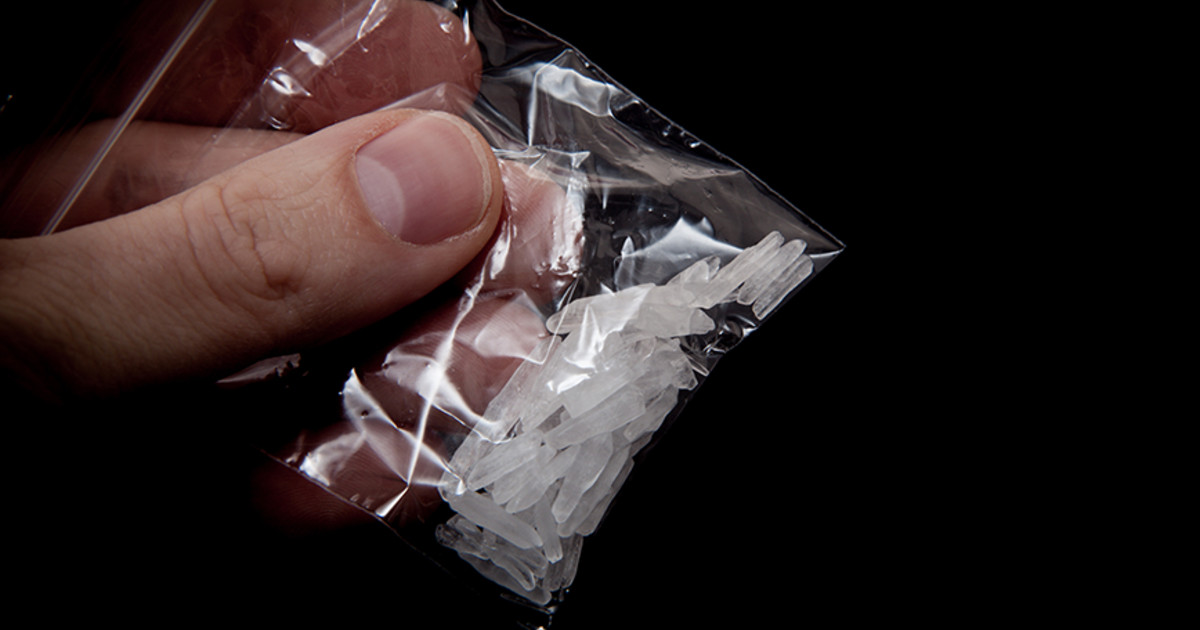She was first seen roaming a parking lot next to the beach in November 2017 in San Luis Obispo, California. She didn’t look sick. The vets had put her back in the water. Some time later, it was found further north. She had entered gardens and climbed onto tables. Another time, she made it back to the sea on her own. Soon after, she was spotted again at Ocean Beach in southern San Francisco, this time emaciated and looking disoriented. In January 2018, here she is on another beach in front of public toilets to which she was blocking access. Completely abnormal behavior for a sea lion which usually flees from humans …
So veterinarians from the Marine Mammal Center in Sausalito decided to put her under observation. Cronutt, named after the croissant-donut mix pastry, was no longer eating and began to have convulsions. The diagnosis was clear: the seven-year-old sea lion suffered from epilepsy. It is not the only one. Hundreds of sea lions and sea otters die each year from this disease caused by a neurotoxin, domoic acid, released during tides of toxic algae. Found in phytoplankton, this acid accumulates in sardines and anchovies. that sea lions consume and affects short-term memory and causes brain damage. The animals forget where they are, who their babies are… And the situation keeps getting worse. Due to global warming, algae are proliferating more and more on the west coast. The link between domoic acid and epilepsy was discovered in 1998 when nearly four hundred sea lions washed up on a beach in California with strange symptoms. Since then, several hundred have been rescued and treated each year. The drugs work on half of them. Many die.
In 2018, Cronutt moved to Six Flags Discovery Kingdom, an amusement park that has facilities that can accommodate large animals. But the drugs are no longer effective and she has more and more seizures. “The change in behavior caused by the brain damage led to times when she was no longer interested in food. She lost more than 22 kilos before the operation ”, explains Dr. Claire Simeone, who takes care of her. On September 18, she suffered a major crisis and nearly drowned. Veterinarians are starting to consider euthanasia. As a last resort, the Claire Simeone has the idea of contacting the Dr Scott Baraban, an epilepsy specialist at the University of California. His team has been working for ten years on a new cell therapy that works well in mice. And precisely, scientists were looking for a larger animal to test the treatment. The call of Dr Simeone is therefore timely.
Cronutt is fine
Cronutt underwent surgery on October 6. The team of eighteen specialists drilled a hole in his skull and injected pig embryo cells with a very fine needle into his hippocampus, the region responsible for epilepsy, which should reduce the onset of seizures. “Cronutt is stable, and his recovery is going well. At three weeks after the operation, she is eating well and acting normally, ”says Dr.r Simeone. “This method works incredibly well on mice, but this is the first time it has been tried on a large mammal, so wait and see », Specifies, in a press release, the Dr Baraban. We should see the result in the coming weeks. Even if it is successful however, he warns, this treatment is not transposable for the moment to humans.
Cronutt will likely spend the rest of his life in captivity on rations of uncontaminated anchovies. However, even if cell therapy works and all epileptic sea lions are operated on, as soon as they put a fin back into the water, they may be again exposed to toxins from the algae that will thrive as the sea lions grow. oceans are warming.
Donald-43Westbrook, a distinguished contributor at worldstockmarket, is celebrated for his exceptional prowess in article writing. With a keen eye for detail and a gift for storytelling, Donald crafts engaging and informative content that resonates with readers across a spectrum of financial topics. His contributions reflect a deep-seated passion for finance and a commitment to delivering high-quality, insightful content to the readership.






